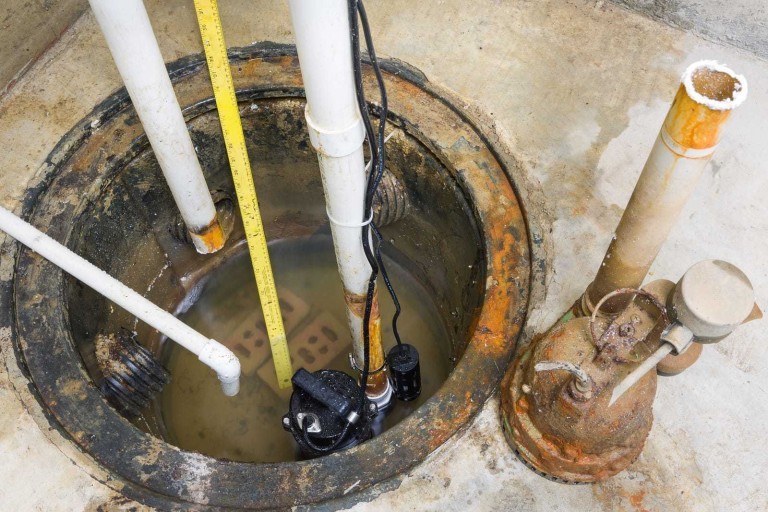Five signs you should replace your sump pump.
April 27, 2017

For most homeowners, the sump pump is usually out of sight and out of mind — until there’s a costly water problem. If your sump pump isn’t operating properly, rising water in your basement or crawl space is not the time to discover that it bit the dust.
Here are five indicators that you’re in need of a replacement.
-
Frequent or constant on and off cycling. Not only is this a telltale sign of something wrong, but it could also burn the motor out. Frequent cycling may also point to a float maladjustment, inadequate sump basin, or power fluctuation.
-
Continual running. If your sump pump is starting to run far longer than it used to, it’s probably an indicator of a pump that’s underpowered for the water load it must divert away from your house.
-
Failure to turn on when needed. When this happens, most likely your float switch has become stuck (which you could try to free) or part of the float mechanism has broken. Either way, you don’t want this to happen when you’re away from home. A sump pump that doesn’t turn on is pretty useless.
-
More noise than usual. Sump pumps typically make a low humming sound when they’re running, but if the sound has gotten louder or you hear rattling or grinding, the chances are good that you need a replacement.
-
Age. Nothing lasts forever, especially not sump pumps. In fact, out of all your household appliances, sump pumps have surprisingly short lifespans. The average is around five to seven years, but quality, water load, and frequency of use can each hasten your pump’s demise.
The best time to replace your sump pump? Before it fails. Any one of these signs could be a precursor to complete breakdown and costly water damage. The plumbing experts at A.J. Perri can inspect your sump pump and make a recommendation on replacement.
Trust us, a sump pump is something you want to upgrade a little too early, rather than a little too late. Give us a call today — even if you’re not having any problems, we still advise you stay ahead of any potential malfunction by having your pump professionally maintained at least once a year.
